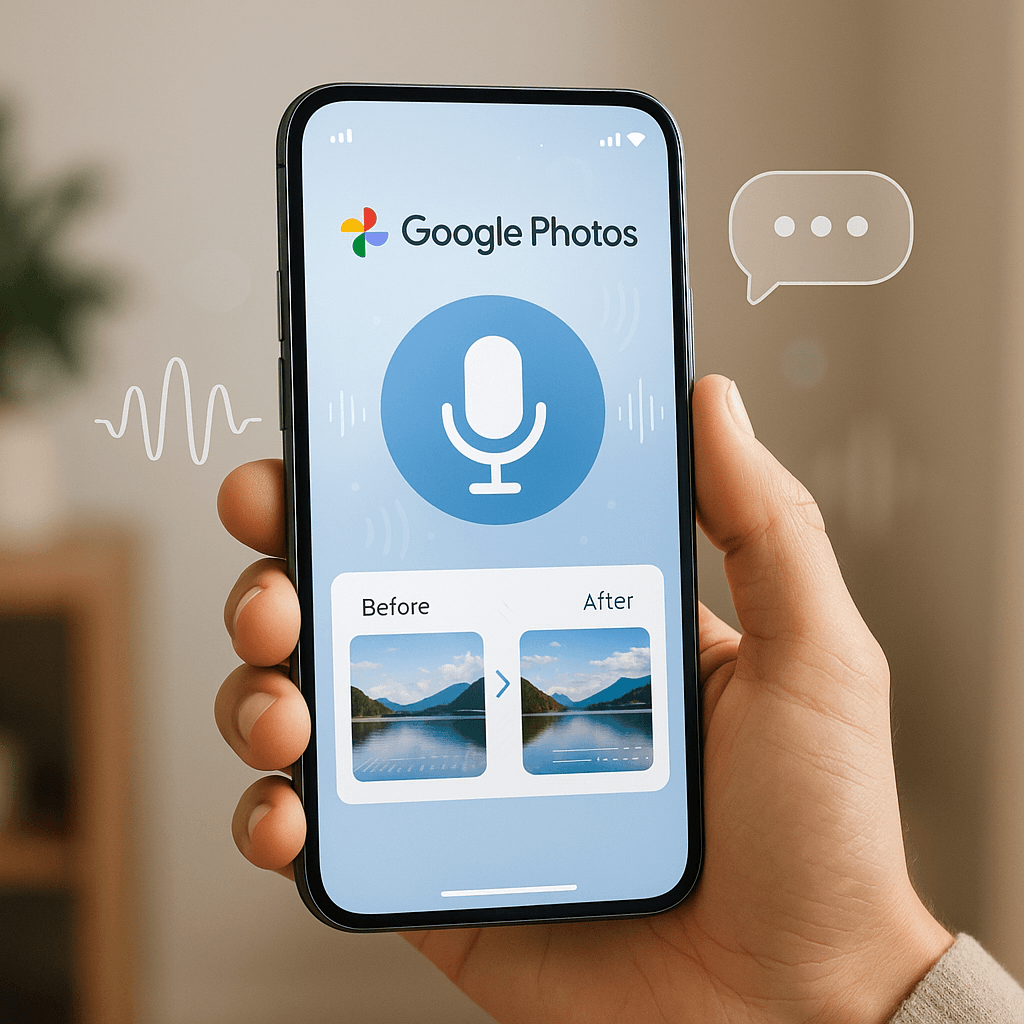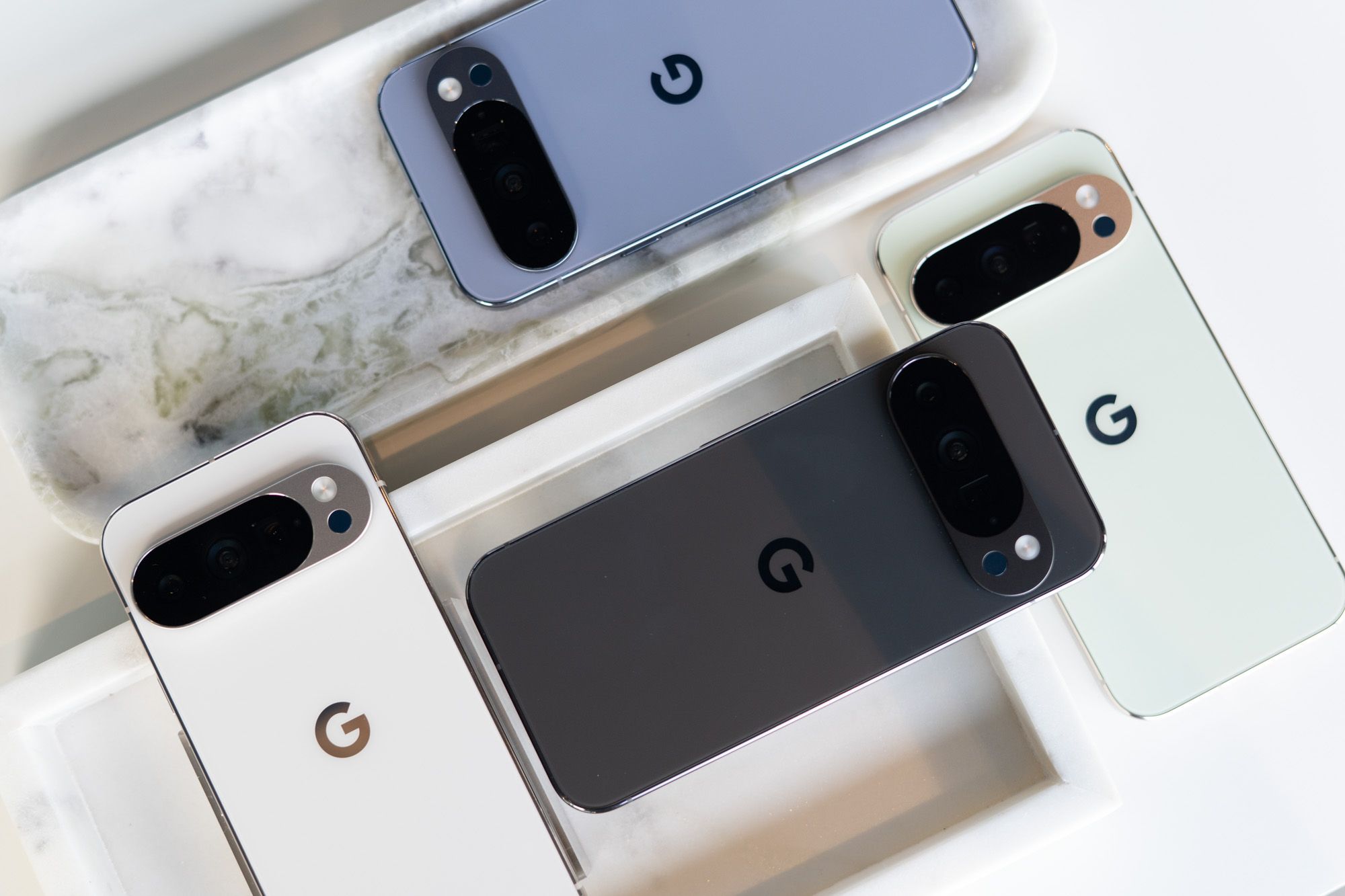Google just dropped its most AI-packed smartphone yet. The Pixel 10 series debuts with nine breakthrough AI features powered by the new Tensor G5 chip and Gemini Nano model, headlined by Magic Cue—a proactive assistant that connects dots across apps without user prompting. The launch signals Google's aggressive push to make AI ubiquitous in daily smartphone interactions.
Google just fired the opening shot in the next AI smartphone war. The company's Pixel 10 series launches today with nine integrated AI features that promise to fundamentally change how users interact with their devices, moving beyond reactive assistance to proactive intelligence that anticipates user needs.
The star of the show is Magic Cue, Google's most ambitious AI feature yet. Unlike traditional assistants that wait for commands, Magic Cue continuously analyzes user data across Gmail, Calendar, Screenshots, and Messages to surface relevant information before it's requested. When a friend texts asking about flight details, Magic Cue automatically pulls itinerary information and suggests sharing it with a single tap. Call your airline to make changes, and Magic Cue displays your flight information without prompting.
"Magic Cue connects the dots across your apps to proactively surface relevant info and suggest helpful actions when you need them," Google Product Manager Tyler Kugler explains in today's announcement. The feature runs entirely on-device through the new Tensor G5 chip and Gemini Nano model, addressing privacy concerns that have plagued cloud-based AI assistants.
The Tensor G5 represents Google's most significant silicon advancement yet. Co-designed with the Google DeepMind team, it's the first mobile chip capable of running Google's newest Gemini Nano model entirely on-device. This breakthrough enables complex generative AI experiences without internet connectivity, a critical advantage as carriers struggle with network congestion and users demand instant responses.
Voice Translate showcases this on-device power most dramatically. The feature provides real-time call translation in ten languages—Spanish, German, Japanese, French, Hindi, Italian, Portuguese, Swedish, Russian, and Indonesian—all while maintaining each speaker's voice characteristics. According to , the translation happens locally on Tensor G5, eliminating the latency and privacy concerns of cloud processing.











